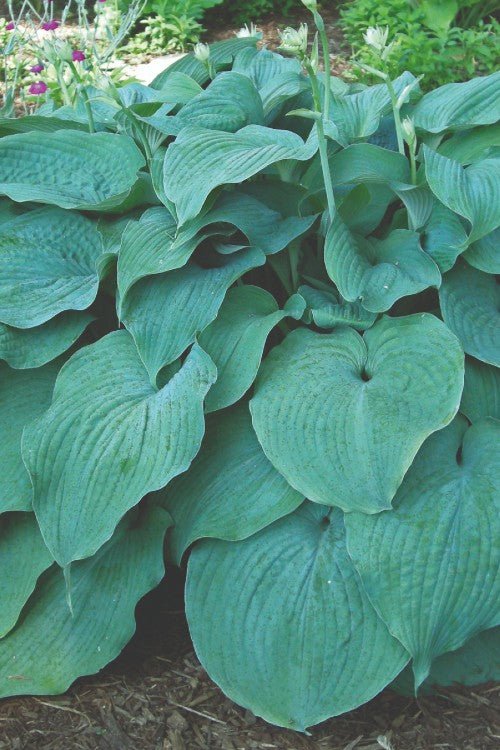
Blue Mammoth
1170
$11.70
Unit price perAbout Blue Mammoth
The Hosta Blue Mammoth is a stunning and giant addition to any garden. With its large, blue-green leaves and tall stature, it's sure to make a statement in any landscape. This hardy perennial is perfect for shady areas and is easy to care for.
- Large, blue-green leaves that can grow up to 48 inches wide
- Tall stature, reaching heights of up to 34 inches tall
- Perfect for shady areas in your garden
- Hardy perennial that can be planted in zones 3-8
- Easy to care for and maintain
- This is one of the largest of the blue-leaved hostas
- Does well in light shade with some morning sun
How to care for Blue Mammoth?
- Simply dig a hole that is twice the width of the root ball and just as deep.
- Place the plant in the hole, making sure the crown (the point where the roots meet the leaves) is level with the soil surface.
- Backfill the hole with soil and water well.
- Keep the soil consistently moist and fertilize once a month during the growing season.
- It's also important to keep an eye out for slugs and snails, as they can damage the leaves.
FAQs

